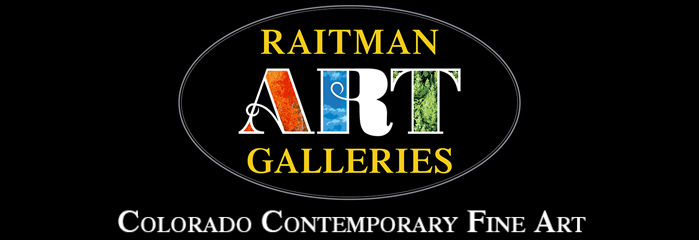Spotlight on Pete Zaluzec : Wildlife Photographer February 01 2018, 0 Comments
Throughout Zaluzec's life he has felt a strong connection with nature. His work in Wisconsin's forestry industry immersed him in the natural world while his education at the School of the Art Institute of Chicago expanded his range of artistic media. He has worked in mediums across the board, including wood carvings of detailed life-like birds to less representational bronze sculptures of bison. He has always researched his subjects firsthand in the wild, all the while taking extensive photographs. This collection of skilled photographs lead to his own unique photographic process.
At first glance, Zaluzec's photographs often raise the question, "What exactly are we looking at?" The intriguing image compels the viewer to look more closely and inquire about the process of creating such eye-catching imagery. The portrayal of Zaluzec's subjects, set against Japanese Gampi paper, come alive. Unlike standard 2 dimensional photographs, the images give the appearance of depth and enhanced dimension. Zaluzec's exquisite textures demonstrate his sculptural background. His art is unquestionably contemporary and innovative.
When asked what the catalyst was for his new and original photographic method Zaluzec notes, "I had a very extensive collection of images and I wanted to find a new and nontraditional way to present them. My goal was to move beyond a simple photograph and into something completely new, where my images could carry an even stronger message.”
Artist Pete Zaluzec prides himself on his versatility and has been recognized internationally for his work in various mediums. It is his current venture into the world of wildlife photography that has once again caught the attention of a fascinated public.

Zaluzec's images are printed on two separate sheets of the Gampi rice tissue paper with the exact same image printed on both sheets. They are then perfectly aligned over each other, matching up every hair, blade of grass and detail so everything is registered.
This is what gives Zaluzec's work the dimension and saturation that you could not get with a standard print. The Gampi paper is translucent, so to some degree you are seeing through one sheet into the other. Zaluzec says this was an accidental discovery. It only came after ordering 100 sheets of paper from nearly every papermaker in the world. This luxury was afforded to Zaluzec through his success as a sculptor. His artistic background combined with his need for perfection. Hence, the extensive search for a paper such as Gampi. It was necessary that Zaluzec find the perfect material for his incredible imagery.
The two sheets of Gampi are fused together with a solution that glues them together and wrinkles the paper. Zaluzec adds to this effect by force drying it with a hair dryer and sculpting delicate creases into the paper. The edges are deckled by carefully tearing the perimeter of the paper while it is still wet with solution.
The completed piece is fastened to the custom lacquered frame with small nails in the corners of the paper. The process is all archival, including Zaluzec's selection of special glass. The frames are built in Zaluzec's studio as well.
The Gampi sheets are made in Southwestern Japan in a 6th Generation Paper Mill.
The “Papermaker” has no spouse or children, and his sister who was helping, is now retired.
The Chinese characters for Gampi literally translates to “goose skin,” but the it may also be referred to as “silk tissue.” Either in its sheet form or in the raw fiber form, Gampi, by its natural make-up, reacts to ink as if it had sizing on it. In other words, it holds ink extremely well.
Gampi fiber comes from the inner bark of the branches of the Gampi bush. Since it is difficult to cultivate it is obtained from wild plants, making it a highly coveted commodity.
Pete Zaluzec spends weeks travelling through North America's wildest areas, seeking solitude and time with his subjects. His passion for the outdoors combines with his patience to create incredible imagery. His sculptural background coalesces with his skill with a lens to create classic artwork.

